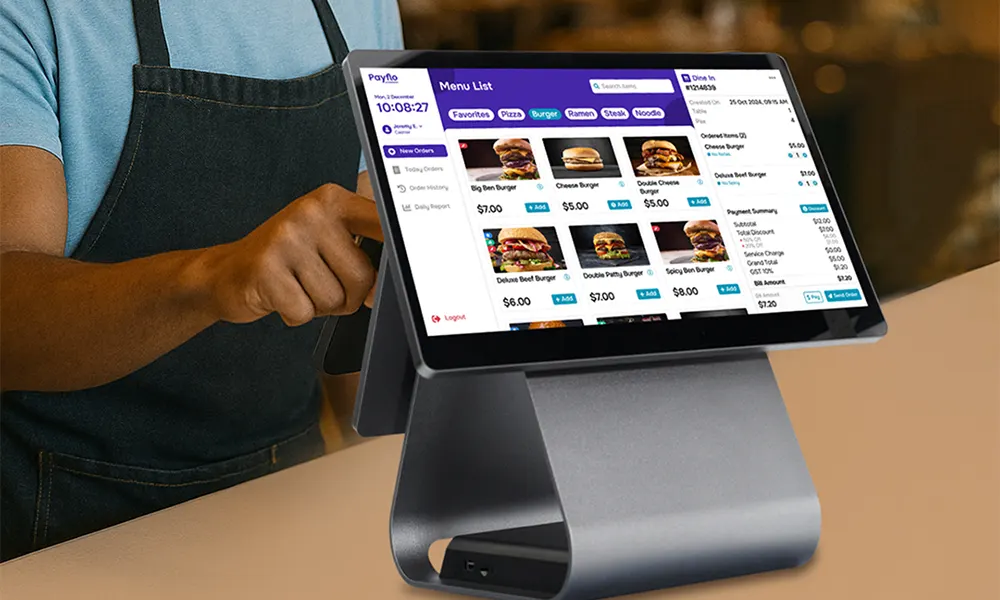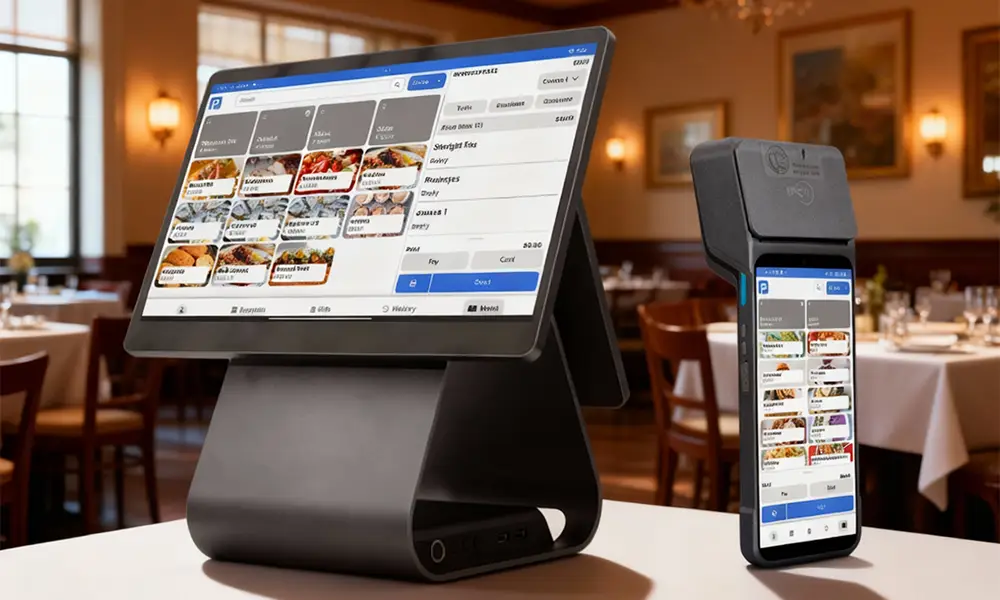In a fast-moving market, you might be wondering how to stay ahead of changing customer demands. Scaling up: how pos innovation shapes the next generation of venues is a vital topic for coffee shops, restaurants, and retail stores looking to keep pace.
By rethinking your point-of-sale (POS) setup, you can improve efficiency, boost revenue, and delight your customers in ways you never imagined.
Below is a practical look at emerging POS technologies, from balancing hardware and software costs to embracing cloud-based solutions.
If you want your business to adapt smoothly, consider how these strategies can help you expand without losing quality or customer satisfaction.
Shifting customer expectations
Modern diners and shoppers expect speed and simplicity. They want to pay quickly and get accurate receipts, whether they visit a neighborhood café or a bustling retail center.
This shift in consumer behavior puts more pressure on you to ensure transactions stay seamless. After all, who wants to stand in line just to watch a slow payment system freeze up?
A robust POS helps you handle busy rushes without sacrificing the personal touch customers enjoy. From table-side ordering to quick-scan codes at checkout, the goal is to meet people where they are: chatting with a friend over lunch or grabbing a coffee on their way to work.
Balancing hardware and software costs
Upgrading your POS can be a bit like remodeling a kitchen: you balance the excitement of new features with the reality of budget constraints.
Though some businesses focus heavily on one aspect, maybe investing in the shiniest terminals or skipping hardware upgrades altogether, forgetting the bigger picture can be costly.
- Hardware: Terminals, cash drawers, receipt printers, and tablets (if you opt for tableside ordering) are your front line. Durable, user-friendly devices often save you money long-term by reducing repair or replacement costs.
- Software: The heart of a POS includes inventory tracking, sales reporting, and integrations with your accounting or e-commerce platforms. A well-chosen software subscription often includes automatic updates and easy scalability, so you stay current as trends evolve.
In 2025, many businesses are setting aside budget specifically for software improvements that leverage analytics and cloud capabilities. This approach ensures you get a complete picture of your operations, from the smallest coffee order to the biggest dinner tabs.
Embracing contactless and QR POS ordering
Contactless and QR code ordering is more than just a novelty. It allows customers to scan a code at their table or check out with a tap, paying directly from their phone in seconds. This setup improves table turnover speeds in restaurants and shortens queues in retail spots.
If you’ve ever dined somewhere that offered pay-at-the-table options, you know how convenient it feels to avoid waiting for a server to bring the bill. For you, it means freeing up staff to focus on hospitality or product recommendations.
As a bonus, less back-and-forth between tables and terminals often translates to happier employees, plus potential cost savings on labor.
Benefits of cloud-based POS for multi-location businesses
Maybe your coffee shop operation started with one cozy store, but now you have multiple locations in different neighborhoods.
This is where a cloud-based POS can be a game-changer. Cloud technology stores all data on secure remote servers, giving you real-time visibility across your entire enterprise.
- Consistent data: No more patchwork of separate systems. Centralized reporting helps you keep tabs on sales, inventory, and staff performance for each store.
- Instant updates: Roll out menu changes or promotions simultaneously, making them effective across all locations on the same day.
- Easy access: You can check performance metrics from anywhere, whether you’re traveling or busy visiting suppliers.
By harnessing the cloud, multi-location businesses gain a clearer overview, which translates to better forecasting and a quicker response to trends.
Scaling for high-volume restaurants
High-volume restaurants, especially those with drive-throughs or peak hour spikes, need a POS that can handle the heat.
Your system should speed up the ordering process, track ingredients seamlessly, and integrate with kitchen display screens so your back-of-house crew stays in the loop.
If a glitch slows down payment or sends an incorrect order to the kitchen, you might lose valuable time, and maybe frustrated customers.
A high-performance POS can safeguard against slowdowns. With Payflo Pro, for instance, you tap into capabilities that keep pace with a booming client base, whether you serve a hundred tables a day or a thousand.
Conclusion
Scaling up your venue can feel intimidating, especially when there’s so much to consider about hardware, software, and evolving customer demands.
But a modern POS system, with cloud access and contactless features, can support your growth without compromising service quality.
As you navigate each step, think about how streamlining transactions might open doors to boosting revenue and building a loyal customer base.
If you want to learn how Payflo can help your business scale efficiently, start the conversation.
Frequently asked questions
How do I know if my business needs new POS hardware?
Evaluate your current setup. If you experience frequent slowdowns or broken components, it might be time for an upgrade. Look for hardware that integrates seamlessly with your POS software for a smoother process.
Are cloud-based POS solutions secure?
Yes, reputable providers use encryption and secure server technology to protect your data. While no system is 100 percent hack-proof, modern POS providers continuously update their security measures to stay a step ahead of new threats.
How does a contactless POS boost table turnover?
Contactless payments and QR code ordering let customers pay or place orders instantly, reducing time spent waiting for a server. This faster process frees up tables more quickly to seat new patrons.


%201.svg)
%201.svg)





.png)
.png)
